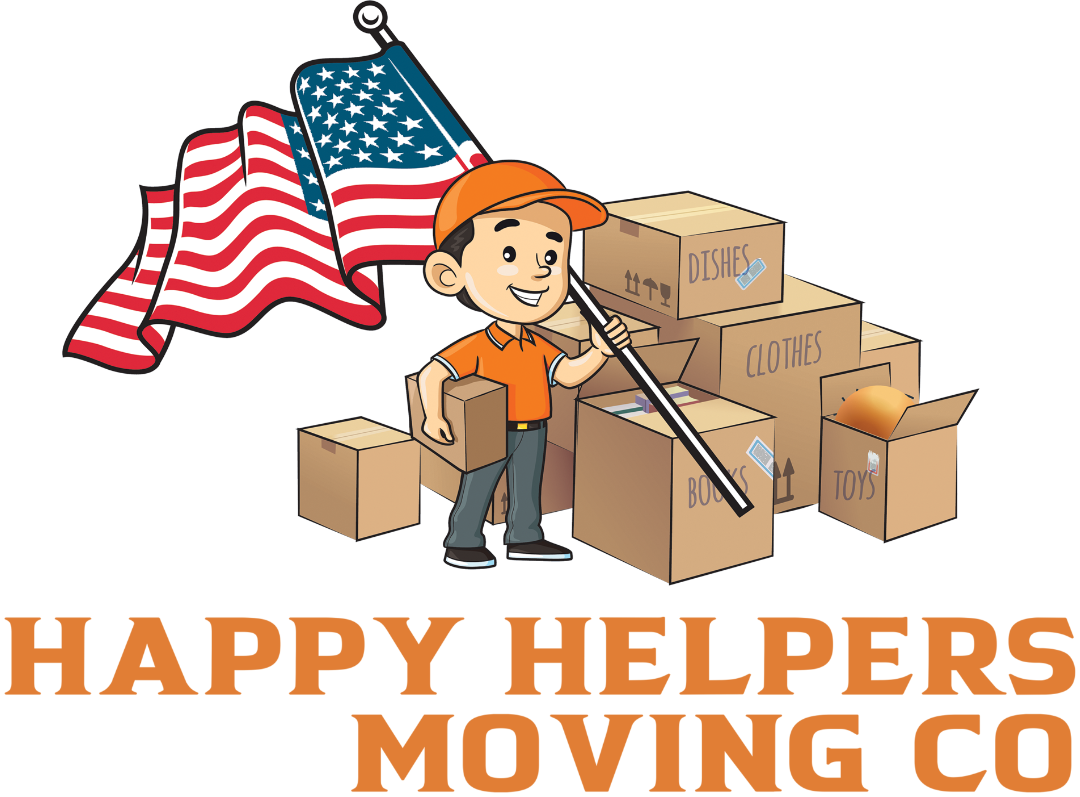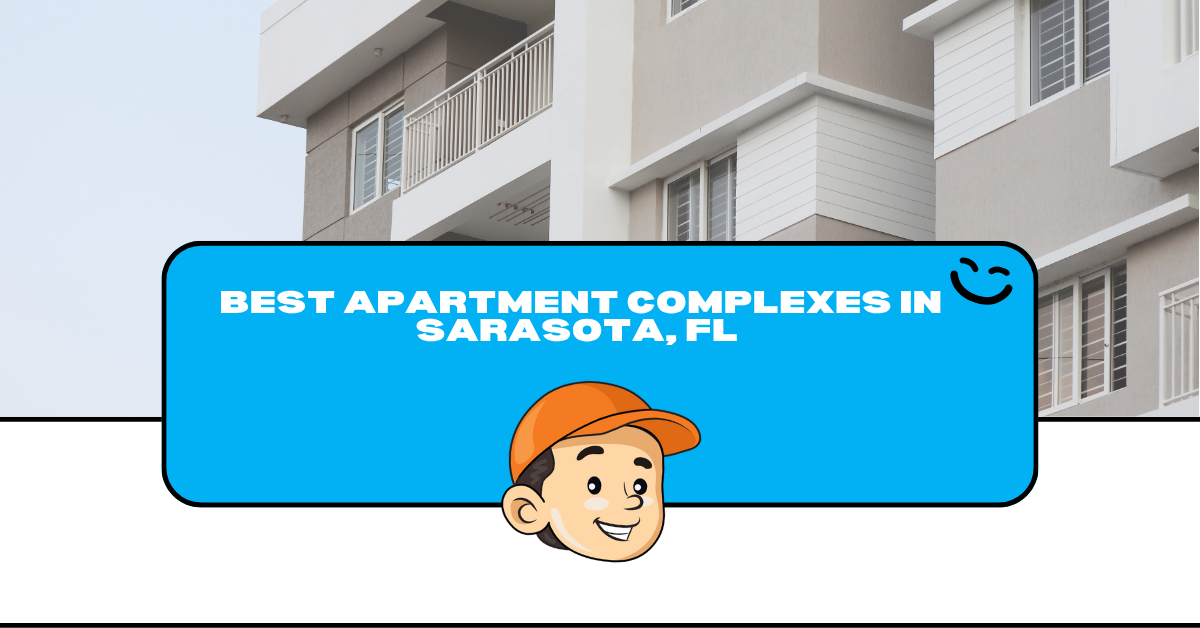Moving to Tampa with Kids? Our Essential Family-Friendly Guide to a Smooth Transition
Are you planning a move to the vibrant city of Tampa, with your family in tow? We understand that the thought of relocating with children can bring a mix of excitement and apprehension. You're likely wondering: "How can we make this move to Tampa, Florida as smooth and stress-free as possible for our kids?" At Happy Helpers Moving Company, we've assisted countless families just like yours, and we're here to share our insights and support to make your transition a happy one.
Moving to a new city is a significant milestone, especially for children. However, Tampa is a wonderfully family-friendly place, brimming with sunshine, parks, and activities that your little ones (and not-so-little ones!) will adore. With careful planning and a positive approach, this move can be an incredible adventure for everyone. Let's dive into how we, as your trusted Tampa movers, can help you navigate this journey.
Talking to Your Kids About the Move to Tampa
Open and honest communication is the first step to easing your children's anxieties. Explain the move in an age-appropriate way, focusing on the positives. For younger children, you might talk about new parks or a bigger backyard. For older kids and teens, highlight opportunities like new schools, activities, or proximity to exciting Tampa attractions. Listen to their concerns, validate their feelings, and reassure them that you'll go through this together. Resources like parenting blogs often offer great advice on how to discuss moving with children.
Involving Kids in the Moving Process
Empower your children by involving them in the moving process. This can make them feel more in control and excited about the new home in Tampa. Depending on their age, they can:
Help sort and pack their belongings: Let them decide which toys or books to take and which to donate. This is also a great time to use our top
packing tips for moving to make the process more organized.
Plan their new room: If possible, show them pictures or a layout of the new house in Tampa and let them brainstorm ideas for their new space.
Research Tampa together: Look up fun facts about Tampa, explore pictures of local parks, or find out about kid-friendly activities online.
Researching Family-Friendly Tampa Neighborhoods
Tampa boasts a variety of neighborhoods, each with its unique charm. When moving with kids, you'll want to consider factors like school districts, parks, safety, and proximity to amenities. While our existing article on affordable Tampa, FL suburbs offers some great starting points, your family's specific needs will guide your choice. Consider areas known for their community feel and family-oriented resources. Websites like Niche.com or local parenting forums can be valuable for in-depth neighborhood research.
Finding the Right Schools in Tampa
Schools are a top priority for most families. Hillsborough County Public Schools serve the Tampa area, and there are also numerous private and charter school options. Websites like GreatSchools.org provide ratings and reviews that can help you start your research. It's also a good idea to visit schools if possible or attend virtual information sessions before making your decision.
Exploring Tampa: Before and After the Move
Turn the move into an adventure! If you can, visit Tampa with your family before the move to explore potential neighborhoods and get a feel for the city. Once you've arrived, make it a point to discover Tampa's family-friendly attractions. From the wonders of Busch Gardens and The Florida Aquarium to the beautiful city parks and Gulf beaches, there's no shortage of fun. The official Visit Tampa Bay website is an excellent resource for planning family outings.
Understanding the Tampa, FL lifestyle can also help your family settle in and feel more connected to your new community from day one.
Making Your New Tampa House a Home
Once the moving boxes are delivered to your new Tampa address, the process of making it feel like home begins. Prioritize unpacking your children's rooms first. Having their familiar items and a comfortable space can significantly ease their adjustment. Establish routines as quickly as possible, but also allow for flexibility as everyone adapts. Explore your new neighborhood together, find a local library, and connect with other families. Remember, creating a stress-free move extends beyond the physical transportation of your belongings.
How Happy Helpers Moving Company Makes Your Family Move to Tampa Easier
At Happy Helpers Moving Company, we're more than just a moving service; we're your partners in this new chapter. We understand the unique challenges of moving with children, and our team is dedicated to providing a seamless and positive experience. From careful packing of your precious belongings to efficient transportation and unloading at your new Tampa home, we handle the heavy lifting so you can focus on your family.
Our
local movers in Tampa are familiar with the area and are committed to ensuring your move is handled with professionalism and care. We believe that a happy move starts with happy helpers, and we strive to live up to our name every step of the way. You can even
see what our customers say about Happy Helpers Moving Company in Tampa to learn more about our commitment to service.
If you're considering moving to and living in Tampa, FL, let us take the stress out of your relocation.
Ready for Your Tampa Adventure?
Moving to Tampa with your kids is an opportunity to create lasting memories and embark on an exciting new journey. With the right preparation and support, it can be a positive experience for the entire family. We at Happy Helpers Moving Company are here to ensure your transition to Tampa is as smooth and joyful as possible.





